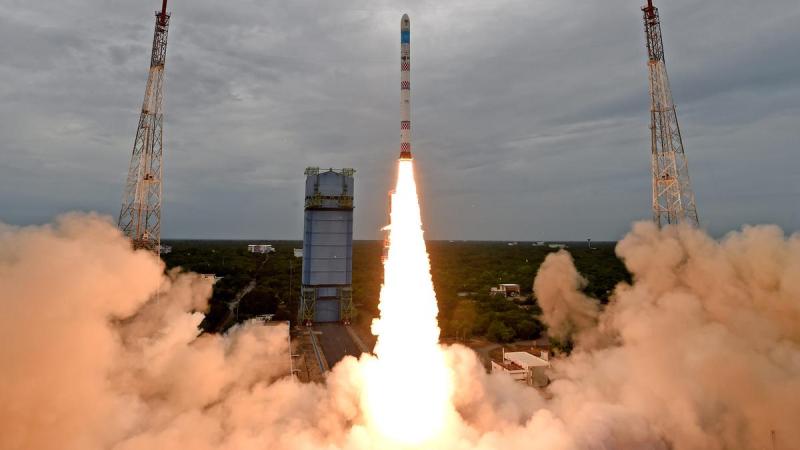GUWAHATI: The Indian Space Research Organisation ( ISRO) has launched its third and final developmental flight, Small Satellite Launch Vehicle-D3, carrying the Earth Observation Satellite EOS-08.
The launch took place on Friday around 9:17 am from the first launch pad at the Satish Dhawan Space Centre in Sriharikota, Andhra Pradesh.
The SSLV-D3-EOS-08 mission follows the successful launch of the second test flight of the Small Satellite Launch Vehicle (SSLV-D2-EOS-07) in February 2023.
This is ISRO’s third major mission in 2024, after the successful launch of PSLV-C58/XpoSat in January and GSLV-F14/INSAT-3DS missions in February.
According to the space agency, the main goals of the EOS-08 satellite mission are to design and develop a microsatellite, create payload sensors that are compatible with the microsatellite bus, and incorporate new technologies that will be needed for operational satellites in the future.
EOS-08, which is based on the Microsat/IMS-1 bus, is equipped with three payloads: the SiC UV Dosimeter, the Global Navigation Satellite System-Reflectometry Payload (GNSS-R), and the Electro Optic Infrared Payload (EOIR). These payloads will support various applications, including environmental monitoring, flood detection, and ocean surface wind analysis.
With a one-year mission life, the spacecraft is configured for operation in a circular low earth orbit (LEO) at a height of 475 km and an inclination of 37.4°. The satellite weighs 175.5 kg and produces about 420 W of power.
For uses like satellite-based surveillance, disaster monitoring, environmental monitoring, fire detection, volcanic activity observation, and industrial and power plant disaster monitoring, the EOIR payload is made to take pictures in the mid-wave infrared (MIR) and long-wave infrared (LWIR) bands both during the day and at night.
ALSO READ: IIT Guwahati develops advanced machine learning framework ‘LEAP’ for semiconductor industry
With this successful launch, ISRO has completed its SSLV Development Project.
Since SSLV is an affordable launch vehicle, it would increase the number of ISRO’s commercial launches and help India gain a larger market share in the space launch services industry worldwide, which was valued at $14.9 billion in 2023 and is projected to expand at a 14.6% compound annual growth rate (CAGR) from 2024 to 2030.















